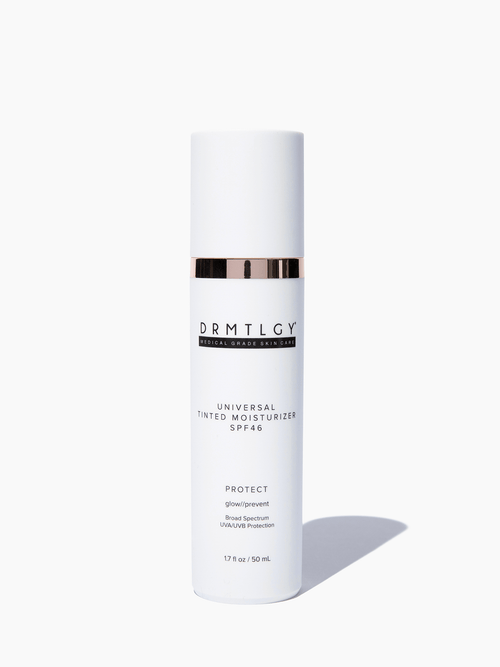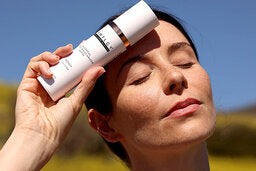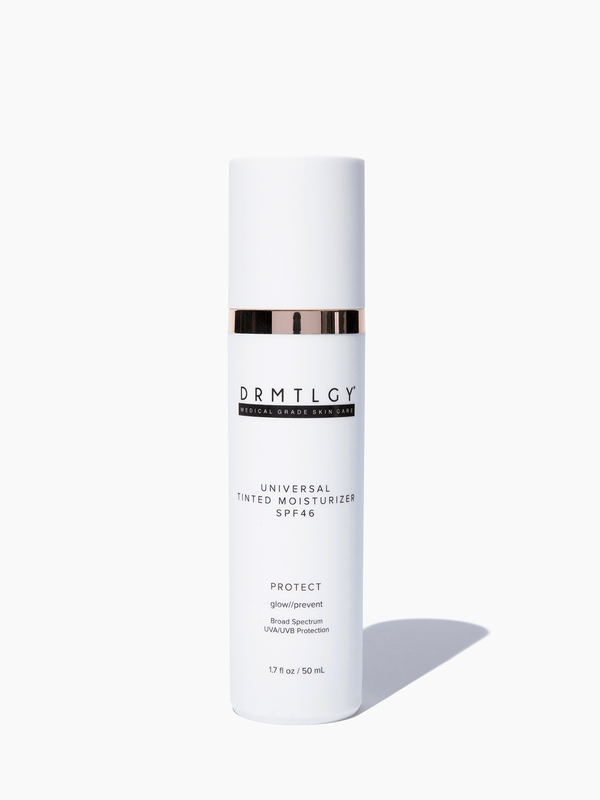
Potential hydrogen, or pH, is a scale that refers to the acidity level of any given substance. In the world of skin care, the topic has caused a good deal of confusion. What is pH? Why is the acidity of my skin important? What do I do to change it? Today, we’ll explore exactly why the pH of your skin is critically important, and what you can do to keep your pH in balance.
The pH Scale
The pH scale determines the acidity or alkalinity of a substance from 1 to 14, with 7 being neutral. Numbers 1-6 are acidic, while number 8-14 are considered alkaline, or nonacidic.

Despite the fact that the number 7 is neutral and perfectly balanced between acidity and alkalinity, healthy skin should actually be slightly on the acidic side. While experts can’t agree on the exact number, it usually hovers somewhere between 4 and 6.
pH’s Effects on Skin
Our skin does a remarkable job at blocking environmental harm and fighting infections, and this is, in large part, due to pH. The outermost layer of our skin—the epidermis—has a thin protective layer on its surface. This is called the acid mantle. The acid mantle is comprised of a thin, oily substance that our skin naturally produces, called sebum. As sebum combines with the acids in our sweat, the pH of our skin becomes mildly acidic. The acidity of the acid mantle helps combat harmful factors like damaging microbes and free radicals.
Maintaining the slightly acidic pH of skin is important, as skin that becomes too disrupted with heavy acids or strongly alkaline ingredients can develop certain disorders. Dryness, an influx of breakouts, redness, and sensitivity are all common signs that the pH of your skin is imbalanced.
Luckily, skin is resilient. When our pH becomes imbalanced, our skin does an impressive job of correcting itself. Unfortunately, as we age, our sebum production slows, hindering the acid mantle’s ability to protect the skin. Luckily, there are certain products to help keep our skin’s pH stable.
Products’ Effects on pH
Think of washing your face with a bar of soap (which are typically quite alkaline), and getting that “squeaky-clean” feeling. That squeaking sound is caused by too much acidity being pulled from your skin, leaving it vulnerable. While your skin will work to re-stabilize that acid mantle, it can take awhile, and the interim period can bring dryness and irritation. This is why it’s important to avoid harsh soaps and cleansers and opt for something that’s pH-balanced and gentler.
Similarly, acid-spiked exfoliants, like certain AHAs or BHAs, can have intentionally low pH levels, leaving them too acidic. A pH that’s too low can also over-strip the oils in our acid mantle, weakening our skin’s natural defense system. Exfoliation should be limited to 1 to 3 times per week, as to not disrupt the skin’s pH.
As mentioned before, moisturizers can help level out pH by helping to repair the damaged barrier of skin. Equally important are antioxidants. Antioxidants like vitamins C and E, as well as green tea, work to fortify cells on both the epidermis, as well as providing protection from sun damage and oxidation.
Finally, sunscreen is essential to ensuring that your skin’s pH stays in balance. The sun can do a great deal of harm to the acid mantle, which in turn leads to larger problems, like sunburns, wrinkles, and even skin cancer. Apply sunscreen regularly and liberally to keep skin protected.
Indian Journal of Dermatology, October 2014, pages 442-444
International Journal of Cosmetic Science, October 2006, pages 358-370
Journal of Clinical and Aesthetic Dermatology, July 2017, page 33-39
The Journal of Dermatology, September 2018, pages 1044-1052
Skin Pharmacology and Physiology, July 2006, ePublication













